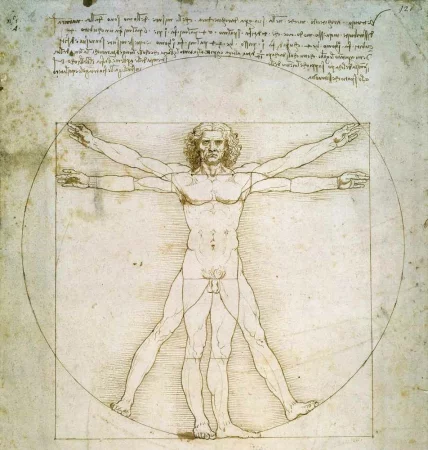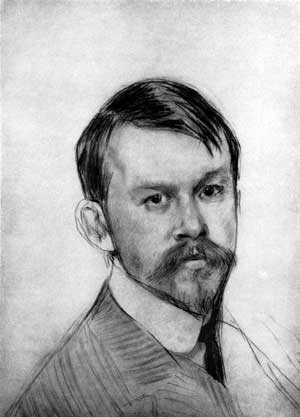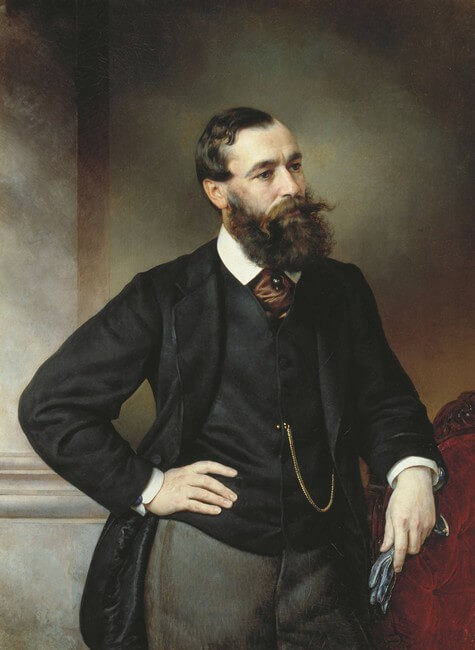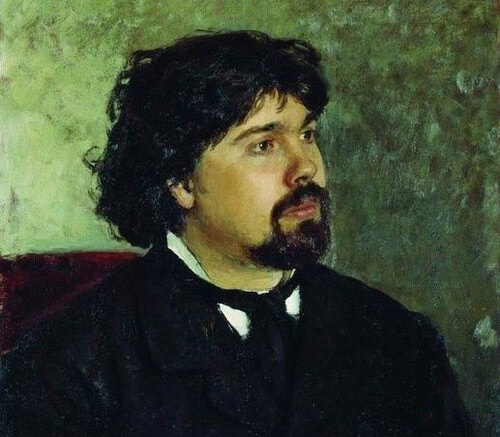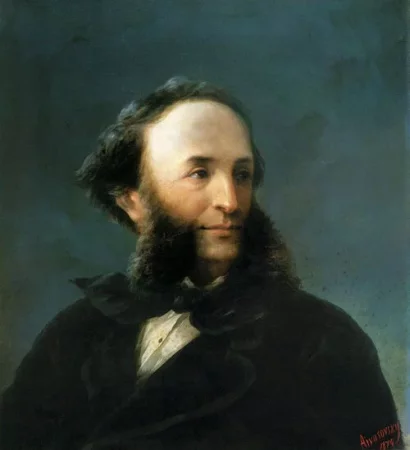Vitruvian Man, Leonardo da Vinci - Meaning, Analysis, Facts
Vitruvian Man - Leonardo da Vinci. Pen, watercolor, and metal pencil drawing in the master's diaries. 1490. 34.3 x 24.5 cm
"Vitruvian Man" is one of the most famous images ever created by Leonardo da Vinci. It was written to serve as an illustration based on the book of Vitruvius Pollio, who was a Roman architect, in 1490-1492, and belonged to the period when the artist was taken away by creating the treatise "On Divine Proportion".
There is a parallel line drawn between the human body and the buildings, implying the ideal proportions. The picture was initially placed by the artist in his diary.
In the meantime, Leonardo closely liaised with Luca Pacioli, who was the one to subsequently publish their jointly written book, supplementing the image of the Vitruvian Man with mathematical calculations and narrative text, and this is where the version originated that the mathematician was the author of this concept.
The drawing was prepared by ink and watercolor, applied on the paper using a pen. It shows a naked man, escribed both in a circle and a square, with a double projection of the limbs used.
The arms and legs are spread apart in a way making them fit exactly into their frame. The body is diced with lines, helping orientate in the body proportion.
One cannot overestimate the significance of this work. Being not only an artist, but also an excellent connoisseur of the human body, Leonardo da Vinci brought the long-lost and forgotten knowledge about the natural proportions of the human figure close to realism, to his painting.
After the collapse of the Roman Empire and subsequent gradual transformation of the visual arts, the works by medieval artists differed from the traditions of antiquity and knowledge of the anatomy so much that they nearly lost their naturalness.
The painting by Leonardo once again reminded that the human is a divine creation, and that this can be seen in his soul, as well as in his body.
Comments (0)
Top
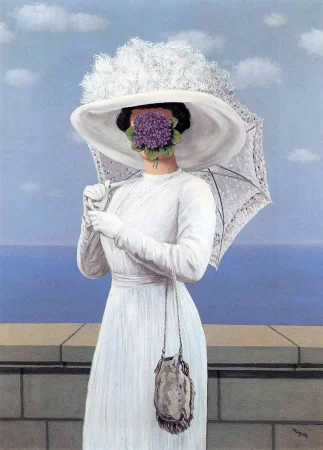 Painting The Great War, Rene Magritte - Meaning and Analysis
Painting The Great War, Rene Magritte - Meaning and Analysis
The Great War - Rene Magritte. Canvas, oil. 81 x 60 cm...
10.10.23
1 492
0
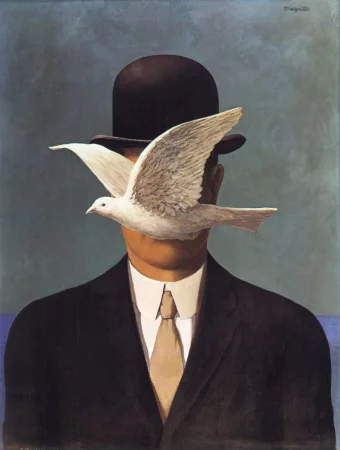 The man in the bowler hat, Rene Magritte
The man in the bowler hat, Rene Magritte
The man in the bowler hat - Rene Magritte. Canvas, oil. 70 x 50 cm...
06.09.23
3 270
0
